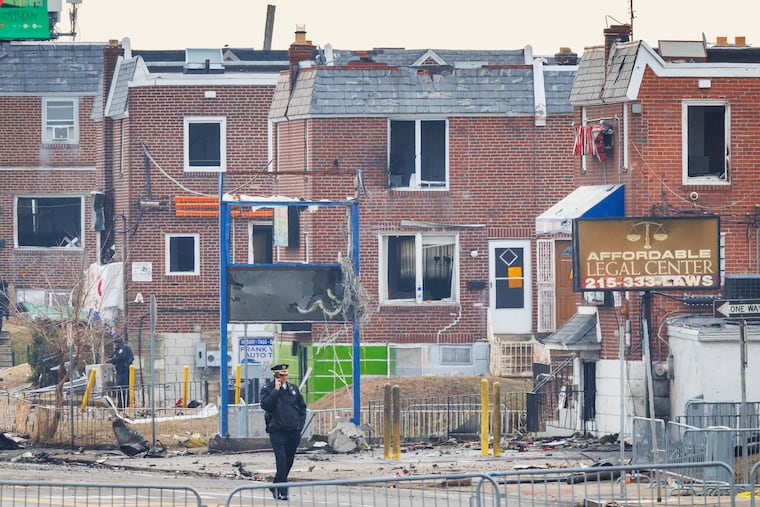New Yorkers Encouraged to Develop Their Own Solutions to Local Challenges
As New York City grapples with mounting challenges, the resilience of its neighborhoods is becoming increasingly vital. With federal funding for essential services such as housing, education, and food security facing significant cuts, the city’s leaders confront a multitude of crises, including budget shortfalls and rising public discontent. Many residents report issues in their neighborhoods, from the deteriorating conditions of community spaces to inadequate services, leading to a growing sentiment that New York is in decline.
In the past year, various community services have faced severe threats, with libraries at risk of closure and numerous local programs, including composting and after-school activities, being curtailed. Community Boards are now under pressure to fill the service gaps that have emerged, and even basic amenities like functioning playgrounds and reliable trash collection are threatened. Public sentiment resonates with the notion that “the city is falling apart,” a refrain often heard in everyday conversations across the boroughs.
Despite these challenges, there is an alternative narrative unfolding within the city that highlights the unwavering spirit of community leadership. Organizations such as the Citizens Committee for New York City (CitizensNYC) are championing local leaders—neighbors, parents, educators, and volunteers—who are actively engaged in building the city from the ground up. These individuals are not waiting for governmental intervention; instead, they are taking matters into their own hands by organizing food distributions, transforming vacant lots into community gardens, launching mutual aid networks, and establishing after-school initiatives.
This grassroots response to urban issues is far from new. For over 50 years, CitizensNYC has played a pivotal role in funding and supporting local leadership, providing millions in microgrants to empower those who intimately understand their communities. Historical instances, such as the fiscal crisis of the 1970s, the aftermath of 9/11, Hurricane Sandy, and more recently, the COVID-19 pandemic, all illustrate how New Yorkers have relied on neighborhood leadership during times of institutional shortcomings.
For instance, Jardin La Roca, a community garden in the Bronx, has transformed a previously vacant lot into a vibrant source of food and community connection. Similarly, the Southeast Queens Residents Environmental Justice Coalition is addressing chronic flooding in Springfield Gardens and Laurelton by planting trees capable of managing groundwater—an innovative approach led by local residents.
In Canarsie, the Third Space Initiative is revitalizing a commercial corridor, seeking to reimagine public space into a hub of creativity and safety with the help of community-driven efforts. These projects are not merely isolated inspiring stories; they represent effective strategies that prove that solutions often emerge from localized action.
The urgency for community-based solutions has become more pronounced. As federal support diminishes, an increased commitment to investing in neighborhood leadership is essential, not only for the well-being of local communities but also for the overall future of New York City. This requires a shift in philanthropic attitudes, seeing local organizations as vital partners, and encouraging individual New Yorkers to invest in their own neighborhoods, reinforcing the idea that community support is integral to urban revitalization.
In conclusion, the narrative that New York City is broken overlooks the transformative power of its residents. Through grassroot initiatives and local networks, solutions can be crafted from the ground up, affirming that while the city faces numerous challenges, its recovery and future depend on the collective efforts of its neighborhoods.







